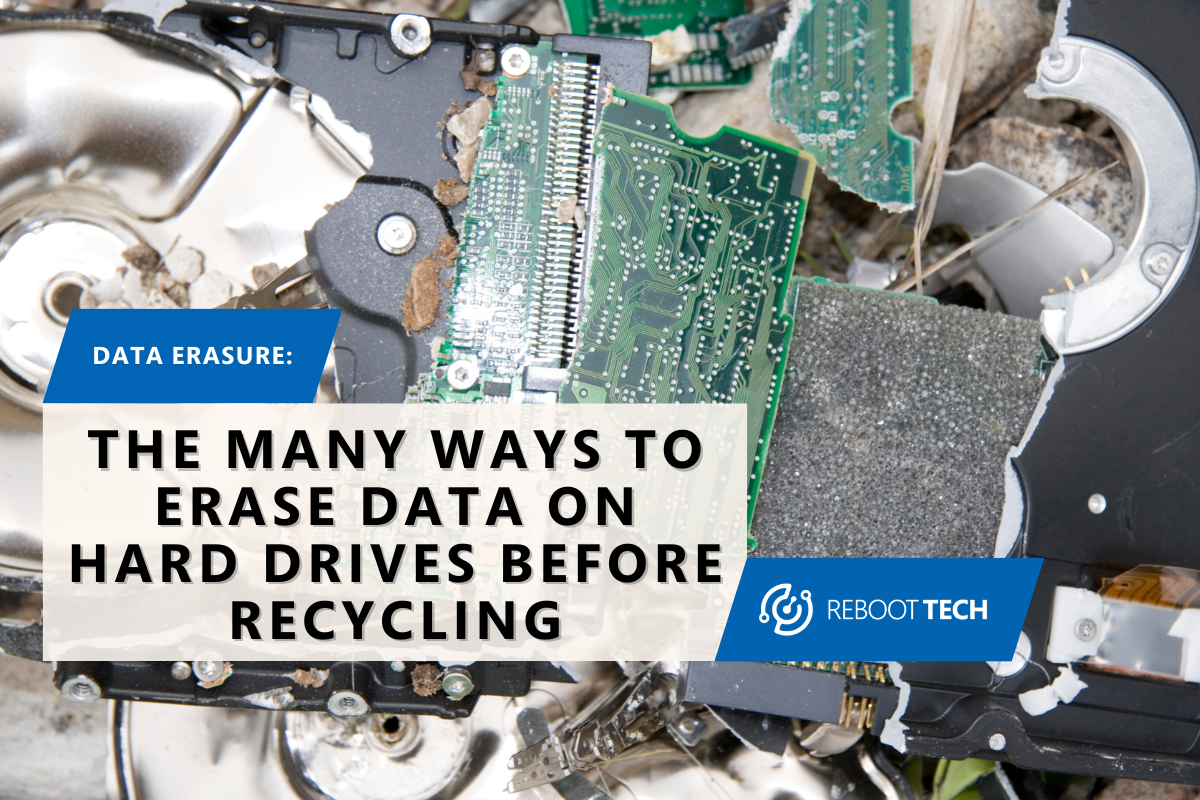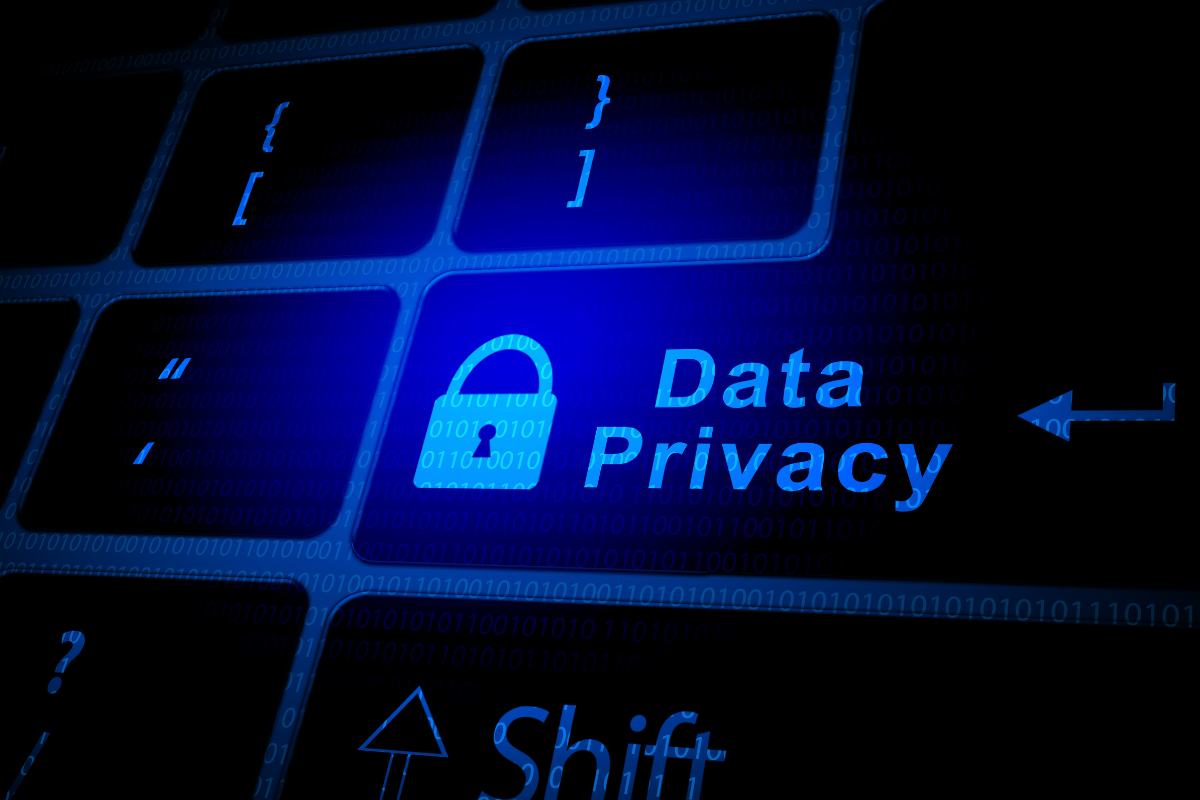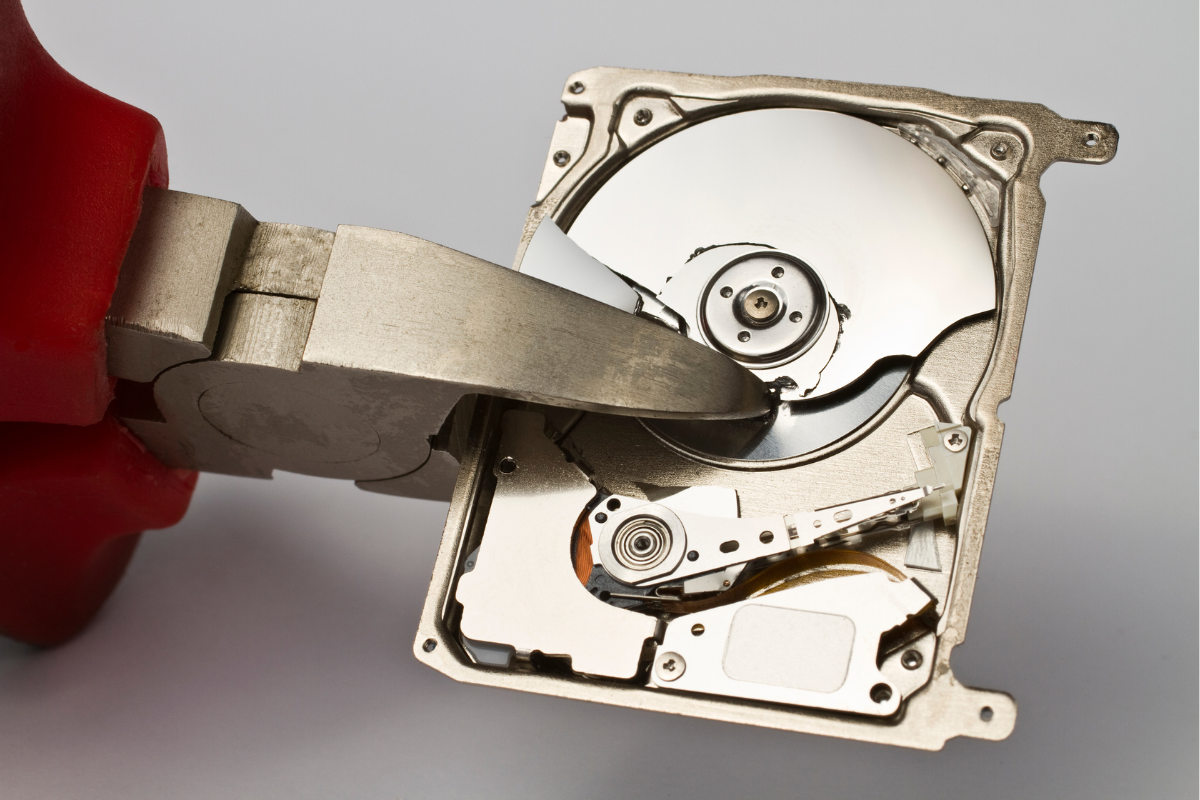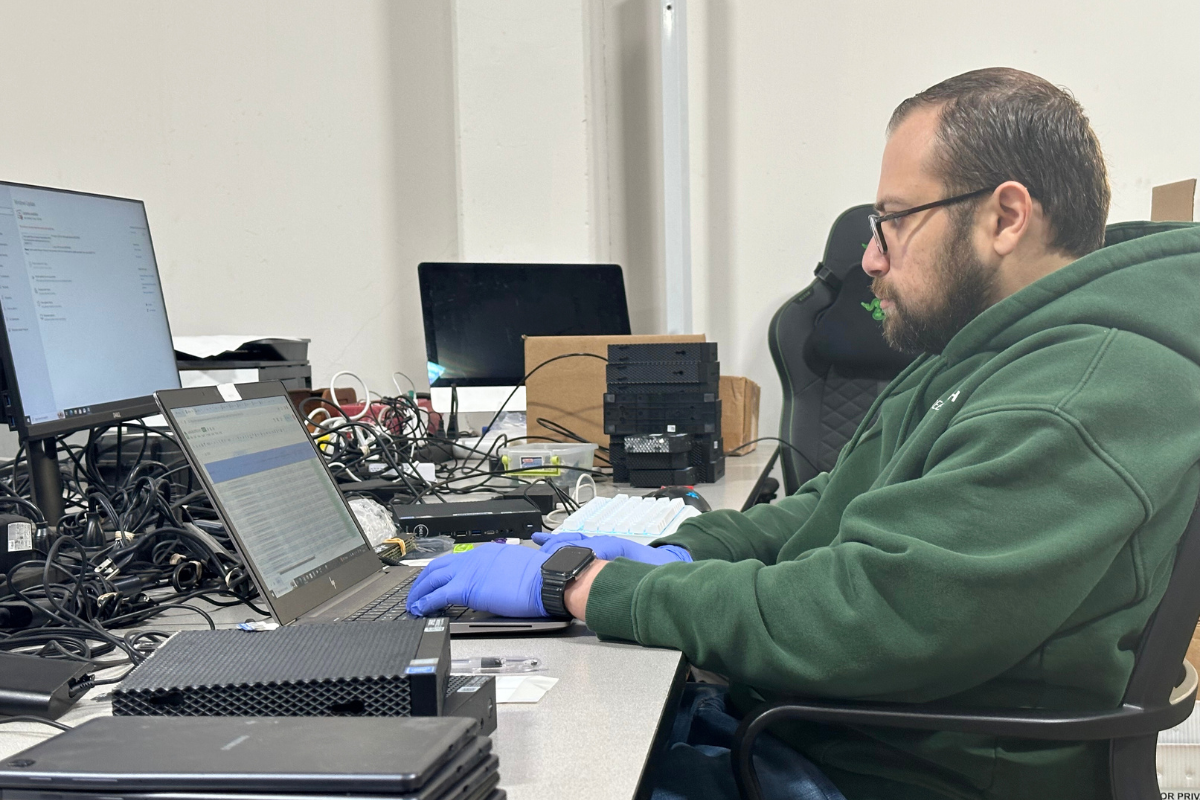
Several Ways to Erase Data From Your Hard Drive
In today’s digital world, protecting sensitive information is more important than ever. With so much personal and financial data stored on our computers and other devices, it’s crucial to ensure that this information is fully erased before disposing of or recycling a hard drive.
Simply deleting files or formatting a drive is not enough. Hackers and cybercriminals can easily recover data from improperly erased hard drives, leading to identity theft, financial loss, and other security breaches.
In this blog, we’ll dive into the different ways you can securely erase data from hard drives. From data wiping to physical destruction, we’ll explore several methods that will keep your personal or business information safe. Whether you’re preparing to recycle an old computer or upgrading to a new one, this guide will help you choose the best way to erase your data for good.
By the end of this article, you’ll know exactly how to protect your sensitive data and ensure that it can never be recovered. Let’s take a closer look at why erasing data before recycling is essential and the various methods available for secure data destruction.
The Need to Erase Hard Drives Before Recycling
When you’re ready to upgrade your computer or dispose of an old hard drive, it’s important to erase all the data stored on it before recycling. Simply tossing your device into the recycling bin without taking these steps puts your sensitive information at risk. This data could include personal details like passwords, bank account numbers, health records, or confidential business information.
Hackers can easily recover data from old hard drives if the information is not properly wiped. Even if you delete files or format the drive, traces of the data often remain. Cybercriminals can use specialized tools to recover this data, which can lead to identity theft, financial fraud, or data breaches.
To avoid these risks, you should securely erase your hard drive before handing it over to a recycling center. While certified recyclers will take care of erasing the data themselves, it’s always a good idea to wipe it on your own beforehand. Let’s explore three reliable methods for securely erasing data from hard drives: data wiping, data shredding, and overwriting.

Data Wiping
Data wiping is one of the most common ways to securely erase a hard drive. This method uses specialized software to overwrite every part of the hard drive with random data, making it impossible to recover the original files. The wiping process replaces all the existing data with new information, ensuring that even the most advanced recovery tools cannot access the original files.
There are several tools available for data wiping, many of which are user-friendly and effective. This method is particularly useful if you plan to reuse or sell the hard drive after erasing the data. It ensures that the hard drive remains functional while also safeguarding your personal or business information.
It’s important to note that data wiping can take some time, depending on the size of the hard drive and the amount of data it contains. However, it is a reliable and thorough way to erase sensitive information without physically destroying the device.
Data Shredding
Data shredding is another method used to erase hard drive data, but it takes a more physical approach. Shredding involves physically destroying the hard drive so that no one can retrieve the data stored on it. This method is typically done using industrial shredders designed to crush and dismantle the drive into tiny pieces. The pieces are then disposed of, ensuring that no part of the hard drive remains intact.

Data shredding is particularly useful for companies or individuals who have highly sensitive information that cannot be compromised. It is often used by organizations that need to comply with strict security regulations, such as those dealing with customer data or classified information.
Once a hard drive is shredded, there is no way to recover the data or reuse the device. It is a permanent solution for securely erasing data and ensuring that it never falls into the wrong hands. Many certified recycling centers offer data shredding services as part of their e-waste recycling programs.
Overwriting
Overwriting is another effective way to erase hard drive data. Similar to data wiping, this method involves writing over the existing data on the hard drive with new, random information. However, unlike data wiping, which uses specialized software, overwriting can be done manually by writing large files (such as videos or text documents) over the entire hard drive.
The goal of overwriting is to ensure that the original data is no longer accessible. By repeatedly writing over the existing data, the hard drive becomes filled with new information, making it nearly impossible for anyone to recover the old files.
While overwriting is a relatively simple process, it is less thorough than data wiping or shredding. This method works well for individuals or businesses with lower security needs, but it may not be suitable for highly sensitive information. For maximum security, it’s recommended to use specialized data-wiping software or opt for physical destruction.
Choose the Right Method for Your Data Security
Erasing data from a hard drive may seem complicated, but with the right tools and methods, it can be done efficiently and securely. Whether you opt for data wiping, shredding, or overwriting, the key is to ensure that your personal or business information is thoroughly erased before recycling the device.
Before recycling your hard drive, always consider the sensitivity of the data and choose a method that offers the level of security you need. For the best results, work with certified e-waste recyclers who offer secure data destruction services, giving you peace of mind and protecting both your data and the environment.
By taking these precautions, you’ll ensure that your hard drive is safely recycled—and that your data is erased for good.




